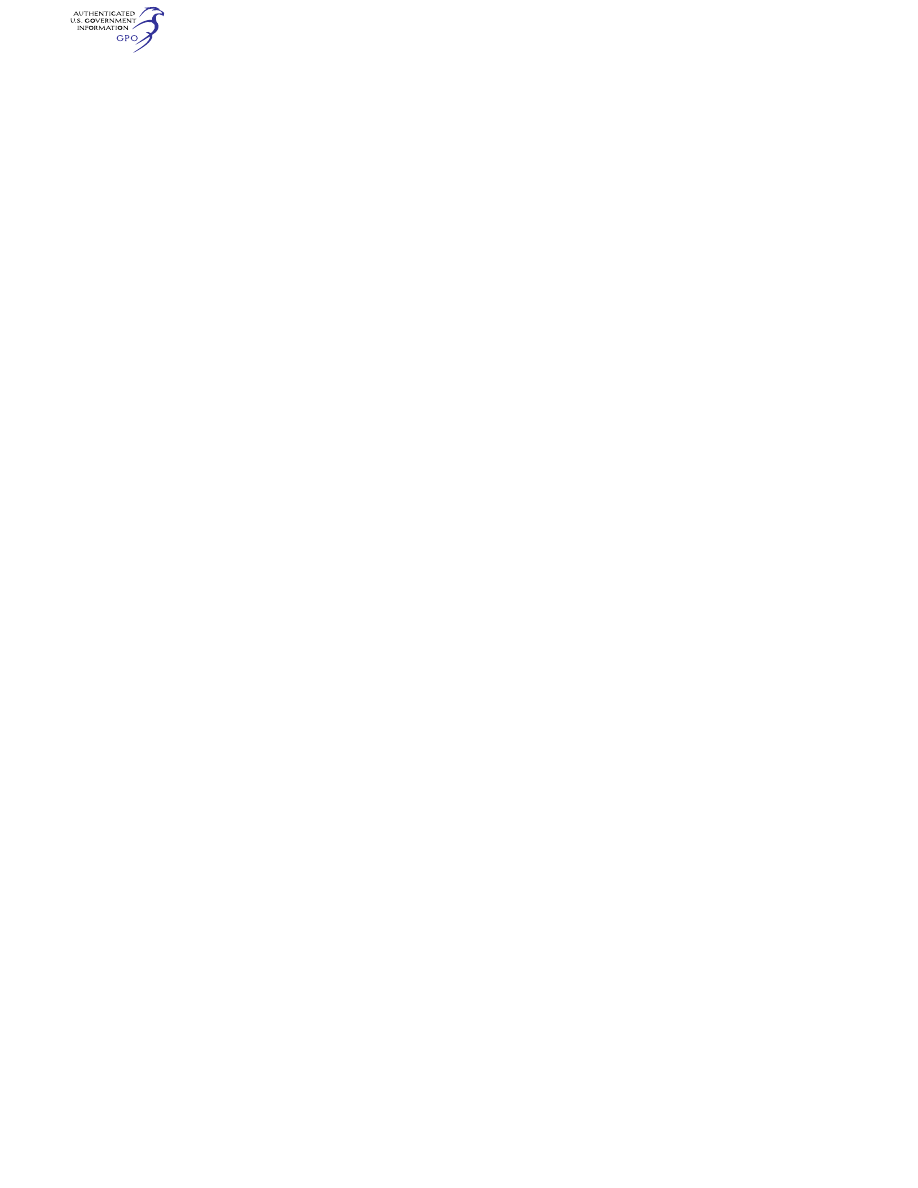
607
Federal Aviation Administration, DOT
§ 29.695
(2) Each fitting, pulley, and bracket
used in attaching the system to the
main structure is included;
(b) Compliance must be shown (by
analyses or individual load tests) with
the special factor requirements for
control system joints subject to angu-
lar motion.
§ 29.683
Operation tests.
It must be shown by operation tests
that, when the controls are operated
from the pilot compartment with the
control system loaded to correspond
with loads specified for the system, the
system is free from—
(a) Jamming;
(b) Excessive friction; and
(c) Excessive deflection.
§ 29.685
Control system details.
(a) Each detail of each control sys-
tem must be designed to prevent jam-
ming, chafing, and interference from
cargo, passengers, loose objects, or the
freezing of moisture.
(b) There must be means in the cock-
pit to prevent the entry of foreign ob-
jects into places where they would jam
the system.
(c) There must be means to prevent
the slapping of cables or tubes against
other parts.
(d) Cable systems must be designed
as follows:
(1) Cables, cable fittings, turn-
buckles, splices, and pulleys must be of
an acceptable kind.
(2) The design of cable systems must
prevent any hazardous change in cable
tension throughout the range of travel
under any operating conditions and
temperature variations.
(3) No cable smaller than
1
⁄
8
inch di-
ameter may be used in any primary
control system.
(4) Pulley kinds and sizes must cor-
respond to the cables with which they
are used. The pulley-cable combina-
tions and strength values specified in
MIL-HDBK-5 must be used unless they
are inapplicable.
(5) Pulleys must have close fitting
guards to prevent the cables from being
displaced or fouled.
(6) Pulleys must lie close enough to
the plane passing through the cable to
prevent the cable from rubbing against
the pulley flange.
(7) No fairlead may cause a change in
cable direction of more than three de-
grees.
(8) No clevis pin subject to load or
motion and retained only by cotter
pins may be used in the control sys-
tem.
(9) Turnbuckles attached to parts
having angular motion must be in-
stalled to prevent binding throughout
the range of travel.
(10) There must be means for visual
inspection at each fairlead, pulley, ter-
minal, and turnbuckle.
(e) Control system joints subject to
angular motion must incorporate the
following special factors with respect
to the ultimate bearing strength of the
softest material used as a bearing:
(1) 3.33 for push-pull systems other
than ball and roller bearing systems.
(2) 2.0 for cable systems.
(f) For control system joints, the
manufacturer’s static, non-Brinell rat-
ing of ball and roller bearings may not
be exceeded.
[Doc. No. 5084, 29 FR 16150, Dec. 3, 1964, as
amended by Amdt. 29–12, 41 FR 55471, Dec. 20,
1976]
§ 29.687
Spring devices.
(a) Each control system spring device
whose failure could cause flutter or
other unsafe characteristics must be
reliable.
(b) Compliance with paragraph (a) of
this section must be shown by tests
simulating service conditions.
§ 29.691
Autorotation control mecha-
nism.
Each main rotor blade pitch control
mechanism must allow rapid entry into
autorotation after power failure.
§ 29.695
Power boost and power-oper-
ated control system.
(a) If a power boost or power-oper-
ated control system is used, an alter-
nate system must be immediately
available that allows continued safe
flight and landing in the event of—
(1) Any single failure in the power
portion of the system; or
(2) The failure of all engines.
(b) Each alternate system may be a
duplicate power portion or a manually
operated mechanical system. The
power portion includes the power
VerDate Sep<11>2014
09:06 Jun 28, 2024
Jkt 262046
PO 00000
Frm 00617
Fmt 8010
Sfmt 8010
Y:\SGML\262046.XXX
262046
jspears on DSK121TN23PROD with CFR